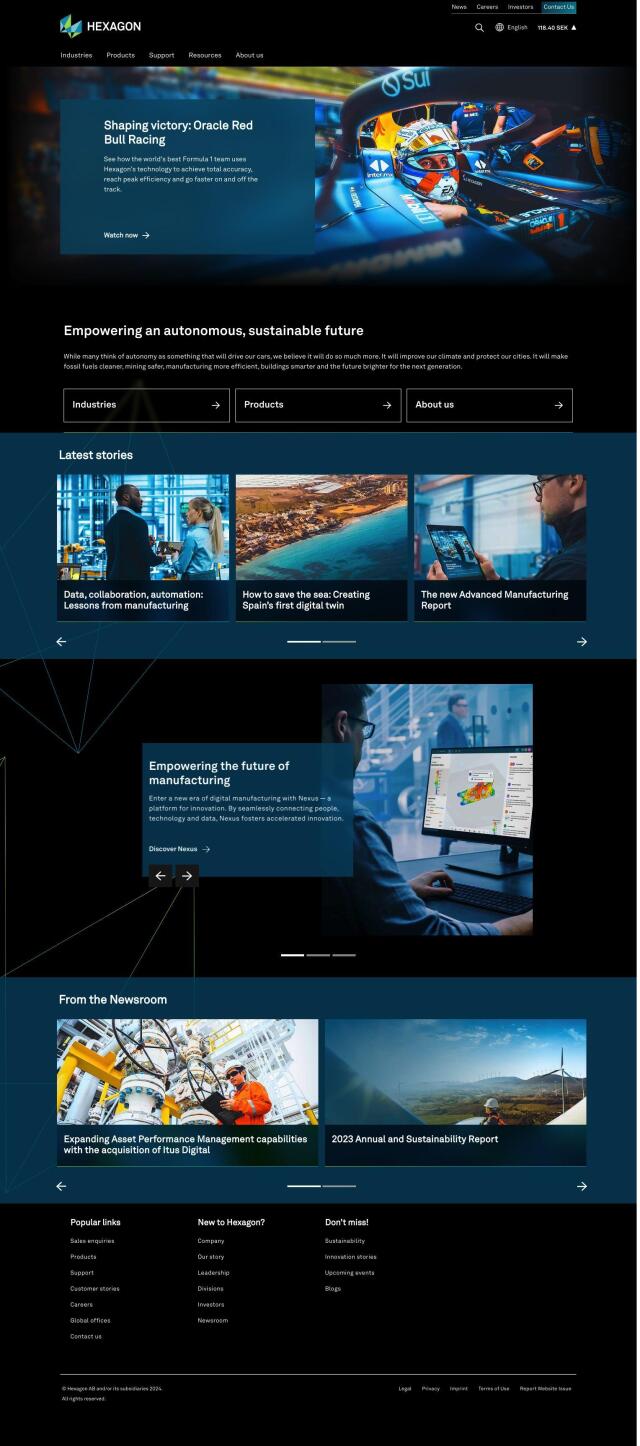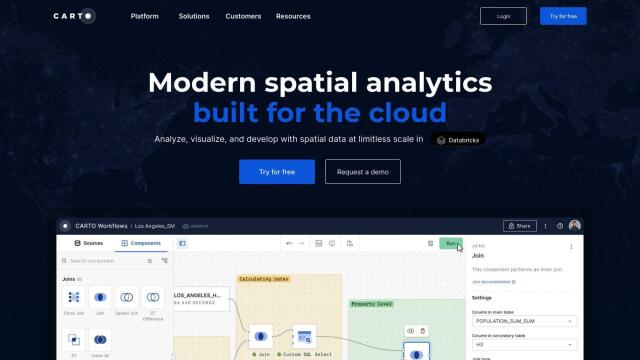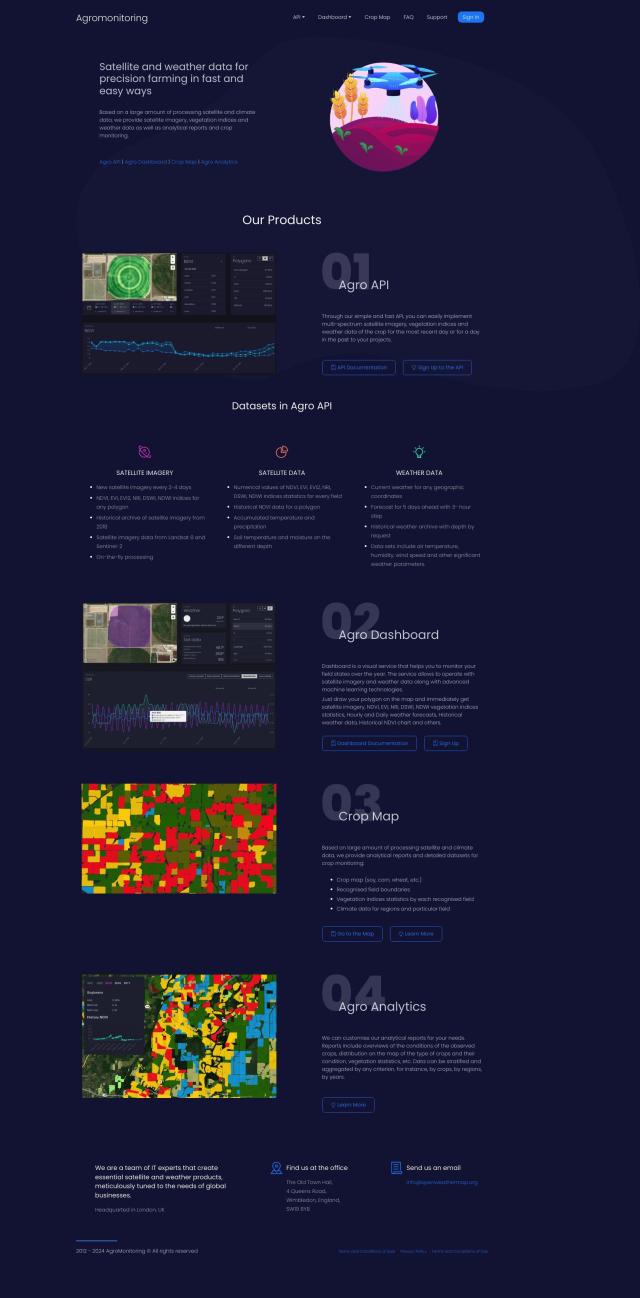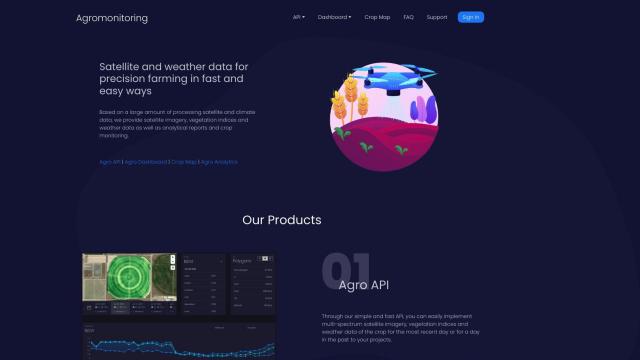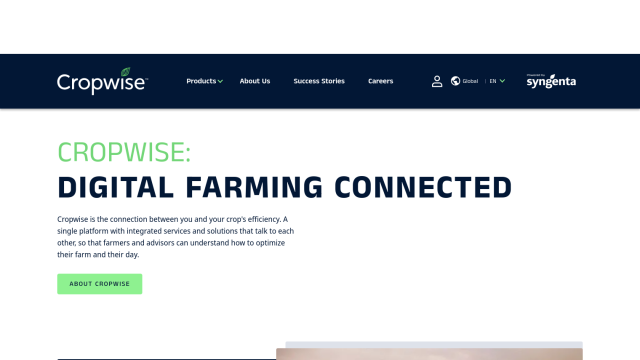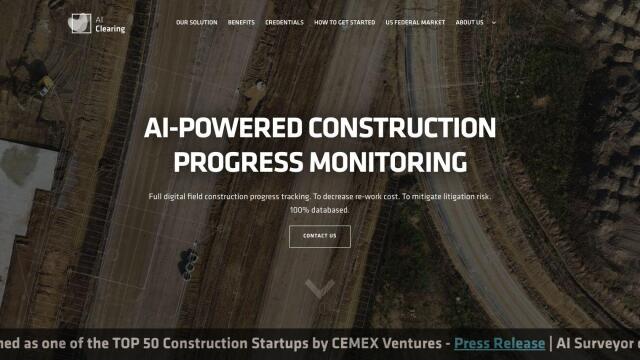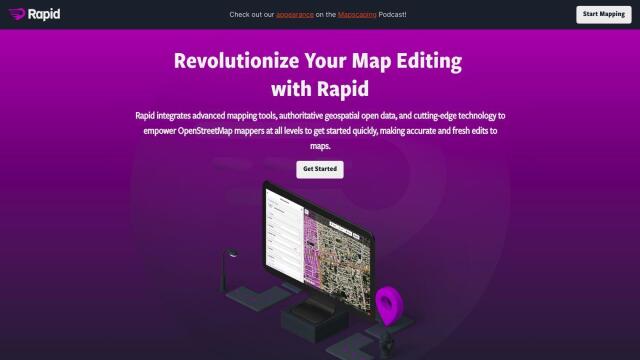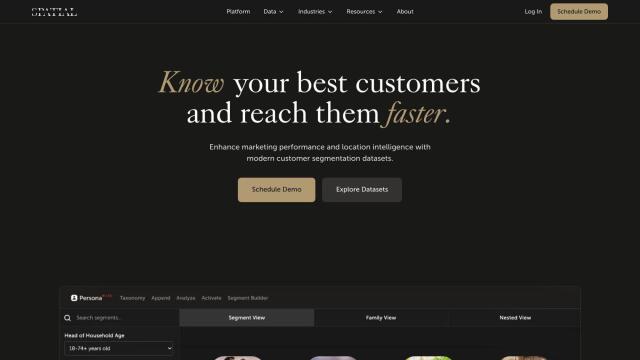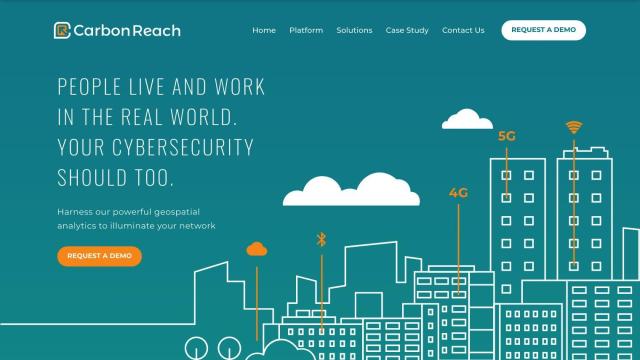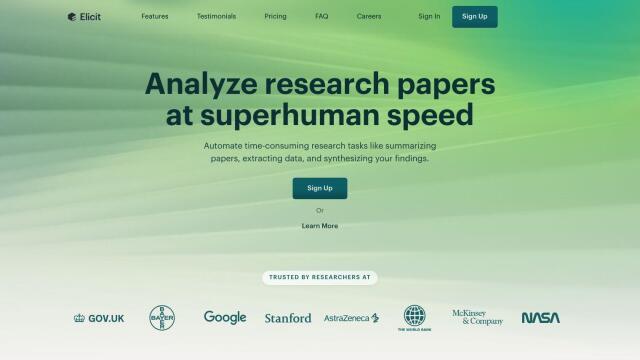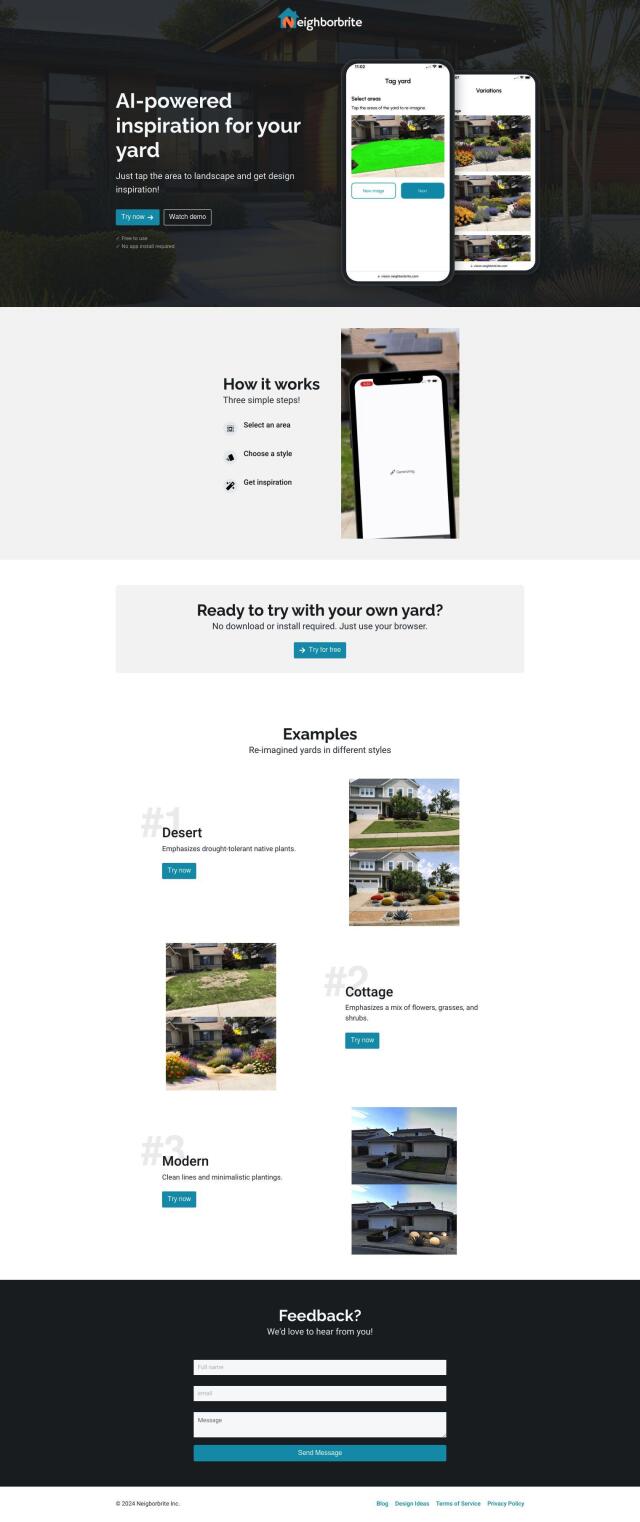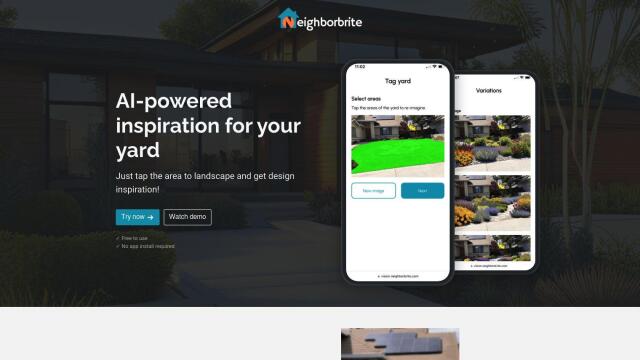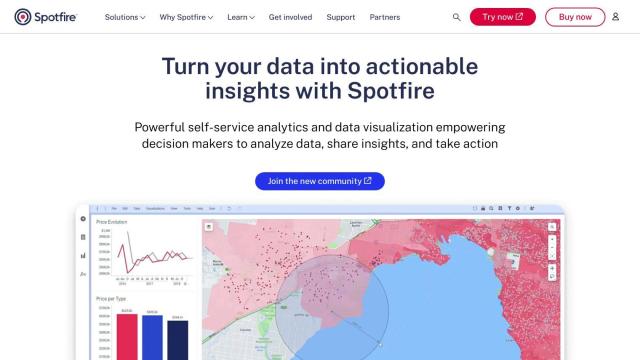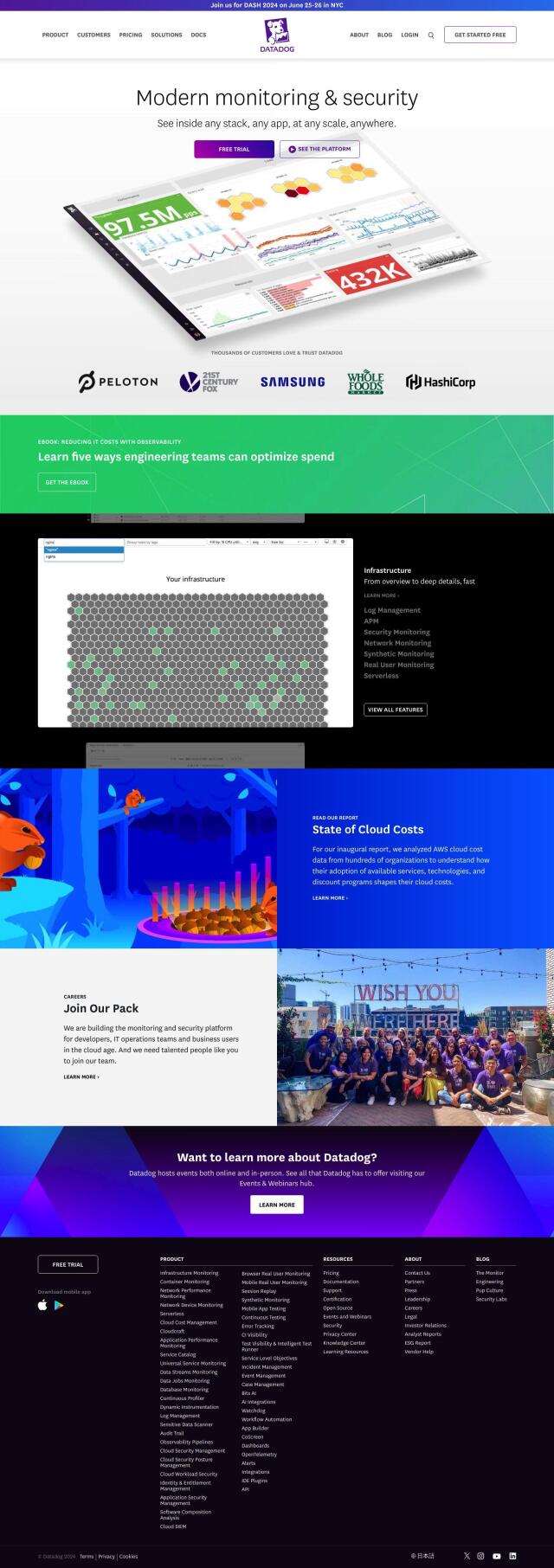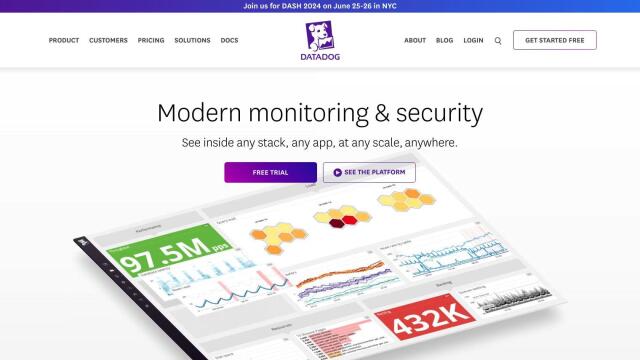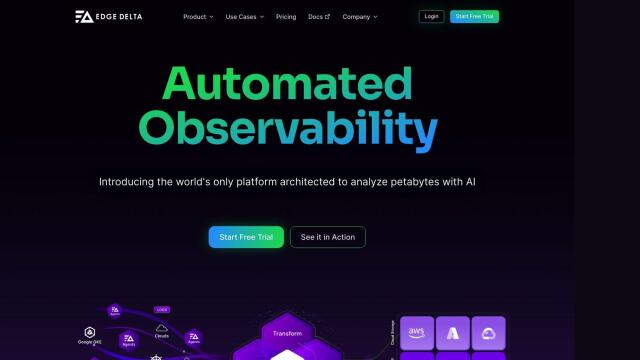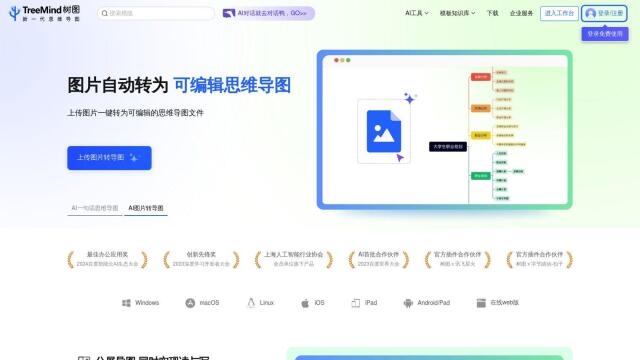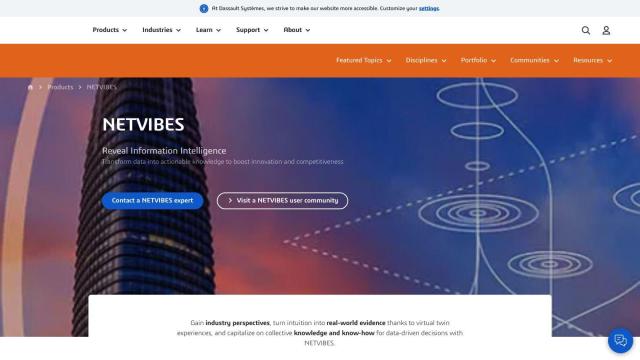Question: I need a tool that can help identify problem trees in urban forestry without requiring frequent on-site visits.

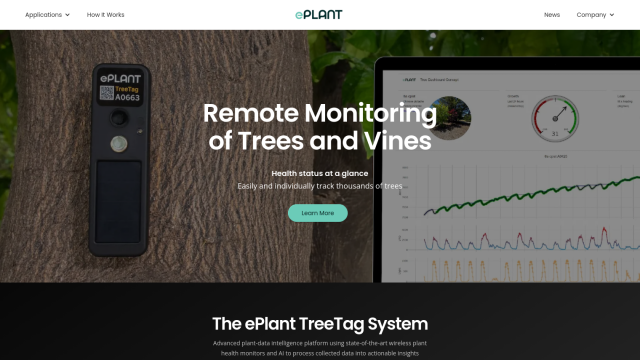
ePlant
For urban forestry, pinpointing problem trees without constant on-site monitoring, ePlant is another option. It combines wireless sensors and AI to monitor tree health, including growth, stress and environmental factors. The TreeTag sensor, for example, can monitor tree health in real time with a dendrometer, onboard weather station and accelerometer. That means much less time on site. Results are available through the Data Portal for visualization and download, so you can make decisions based on data.

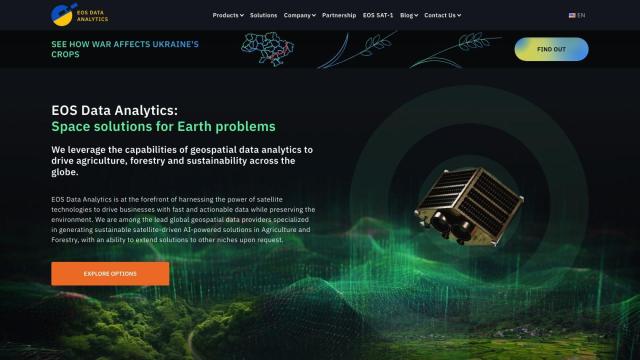
EOSDA
Another good option is EOSDA, which uses satellite imagery and machine learning algorithms to offer geospatial data analysis for forestry. Its tools include forest monitoring, soil moisture monitoring and crop monitoring, among others. With its high-resolution satellite imagery and GIS software, EOSDA can offer detailed analysis of land use and help you improve forest health and cut waste without as many site visits.

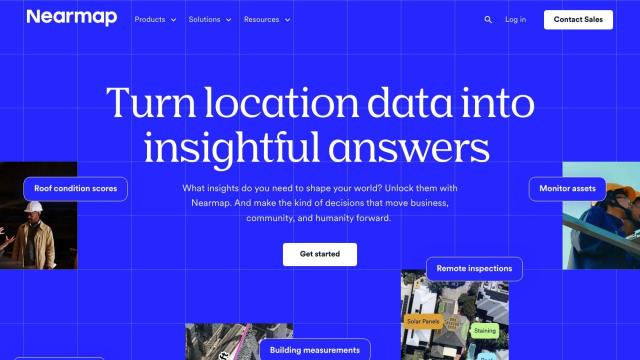
Nearmap
Nearmap is another option for finding problem trees. The service offers high-resolution imagery, 3D modeling and AI-created data sets that can be used to monitor tree health and environmental conditions. Nearmap's tools include near-infrared imagery for environmental monitoring and panoramic imagery for 360-degree analysis, so you can spot problems from afar.
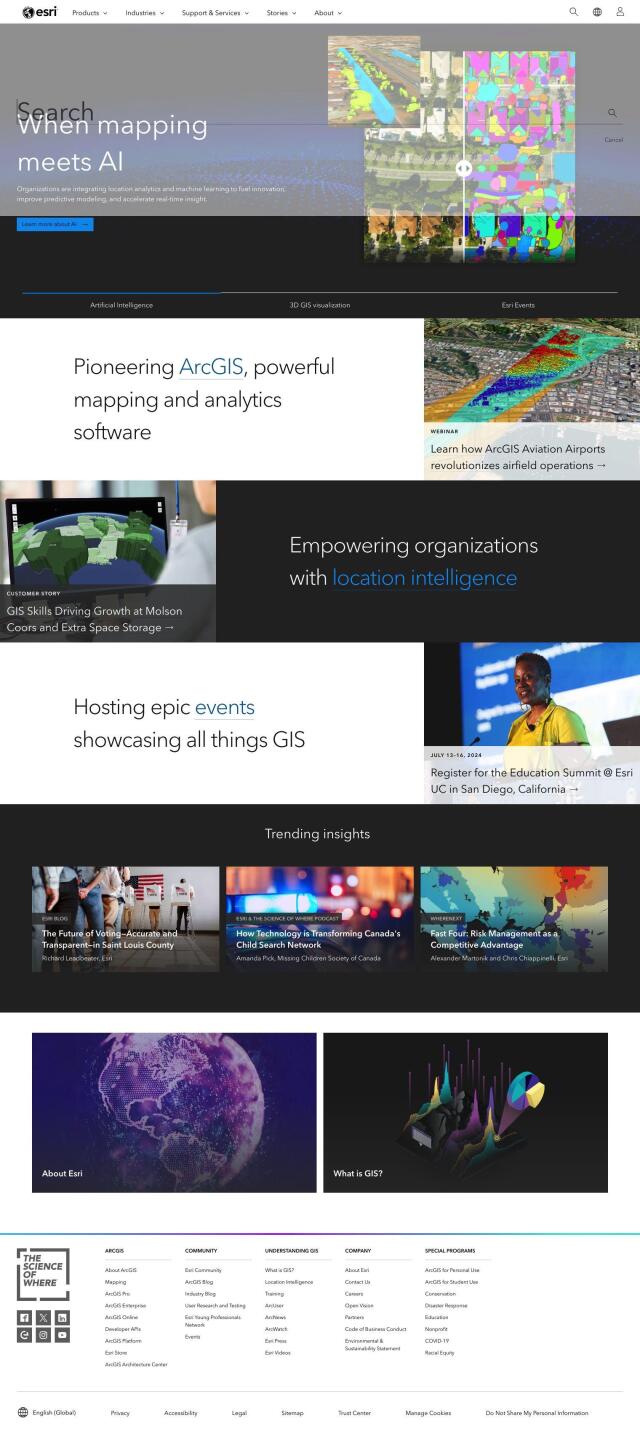
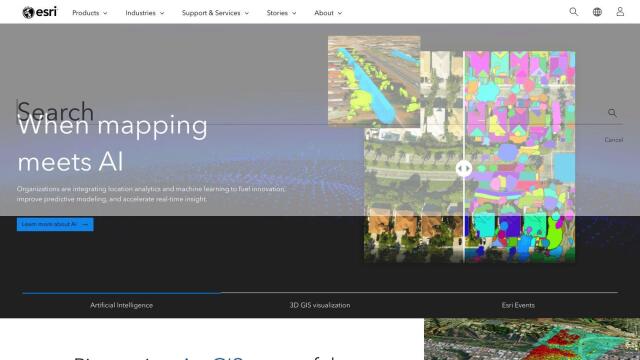
Esri
Last, Esri offers GIS mapping software and spatial analysis tools that can be useful for urban forestry. Its tools include location intelligence, 3D visualization and spatial analysis that can be used to monitor tree health and predict problems. Esri tools can run on cloud infrastructure or on-premise, so it's a good option for forestry professionals who want to cut down on site visits and make more data-driven decisions.
